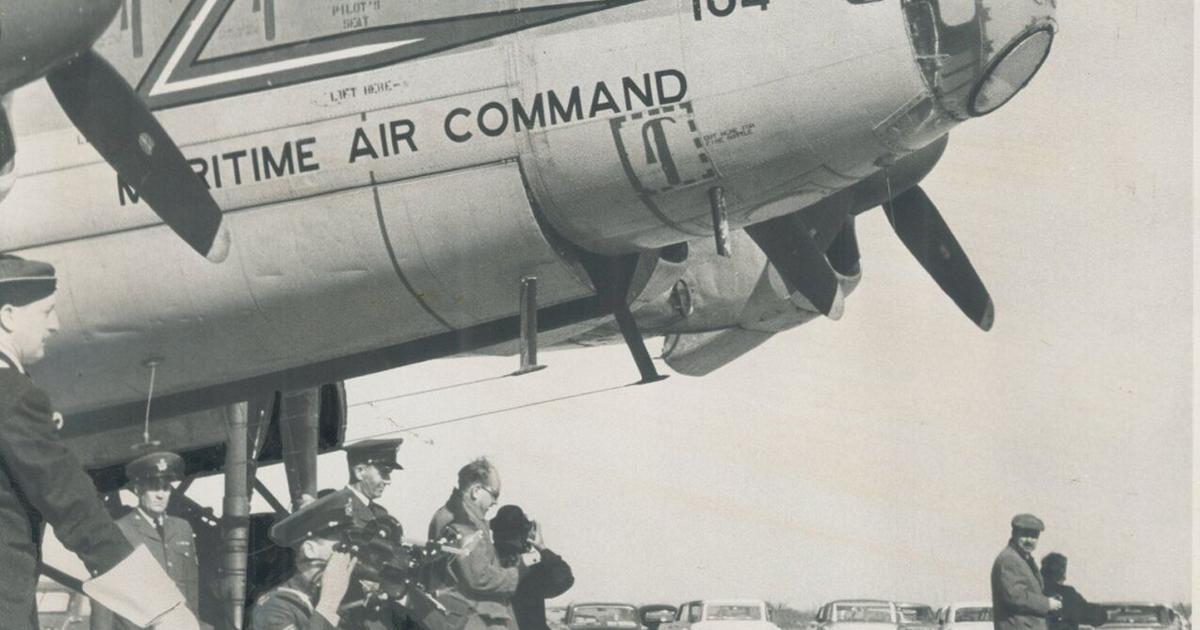North York's Downsview Airport served many roles
Operations ceased in 1996, writes Susan Goldenberg. North York's Downsview Airport, the site of the famous loss of the beloved pet budgie named Budgie, was reported to have died in 1954. The airport had many role changes since its opening as a general airfield in 1929, including a de Havilland Canada aircraft manufacturing plant and a Royal Canadian Air Force station in the Second World War. In 1947, the Department of National Defence bought surrounding land to expand the airfield into a Royal Canada Air Force base. The RCAF set up storage and repair facilities there for all eastern Canada and in 1953, the runways were lengthened to accommodate all types and sizes of aircraft. The airfield hosted a visit by Pope John Paul II in 1984 and operated until 1996. Susan Goldenberg, a director and membership chair of the North York Historical Society, is the author of nine books and a Canadian Author's Award winner, has also won a Canadian Business Press Editors' Award.

نشرت : منذ عامين بواسطة Susan Goldenberg Toronto.com في Travel
“Think Budgie Died of Shock As Jets Broke Sound Barrier,” the Toronto Star headed a front-page story Jan. 11, 1954 about the demise of the beloved pet of the Brett family, who lived on North York’s Sunbeam Avenue near Downsview Airport, the jets’ base.
“The budgie was playing normally when suddenly there was a loud noise and it felt like something hitting the house. We ran outside to see if it was a car. When we returned the budgie was upside down in its cage, dead, probably from the shock,” owner Lindy Brett told the paper.
By then, Downsview Airport had undergone many role changes since its opening as a general airfield in 1929, one of many in North York. It was located next to a de Havilland Canada aircraft manufacturing plant, opened the previous year, which used the airfield as a test site. It morphed into a Royal Canadian Air Force station in the Second World War. In 1947, the Department of National Defence bought surrounding land to expand the airfield into a Royal Canadian Air Force base. At the time, the area was still countryside.
In 1953, the RCAF set up storage and repair facilities there for all eastern Canada. The runways were lengthened to accommodate all types and sizes of aircraft, and de Havilland moved into a new building south of its earlier site. Because the runway patterns appeared identical from the air to Malton Airport's (later part of Pearson International) a few miles west, pilots sometimes landed in the wrong place!
During the 1950s and 1960s, there was a housing boom, encouraged by North York’s Council, close to the base — too close, critics said. “Housing and jets don’t mix,” the Toronto Star wrote in a March 22, 1968 editorial.
In 1984, the airfield hosted a visit by Pope John Paul II.
Operations ceased in 1996. Ownership of the property was retained by the federal government’s Canada Lands Company. It and Northcrest Developments plan to repurpose it to highrise apartments and commerce and have started with construction of a movie production facility with eight sound stages replacing hangars.
Susan Goldenberg is a director and membership chair of the North York Historical Society, which preserves North York's heritage. The author of nine books, her latest being “Deadly Triangle: The Famous Architect, His Wife, Their Chauffeur, and Murder Most Foul,” she has won both a Canadian Author's Award and a Canadian Business Press Editors' Award.
